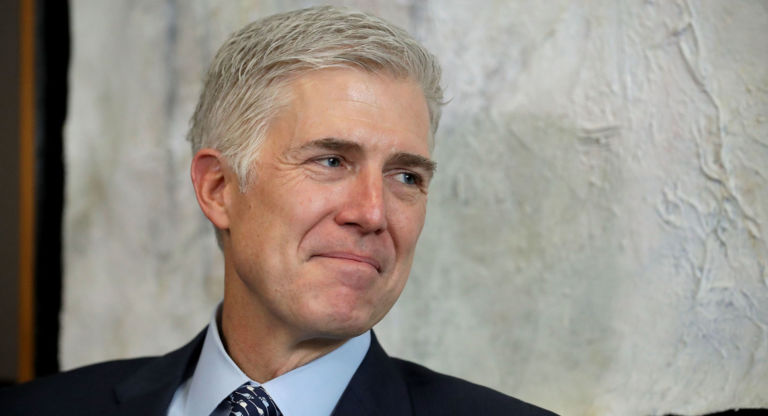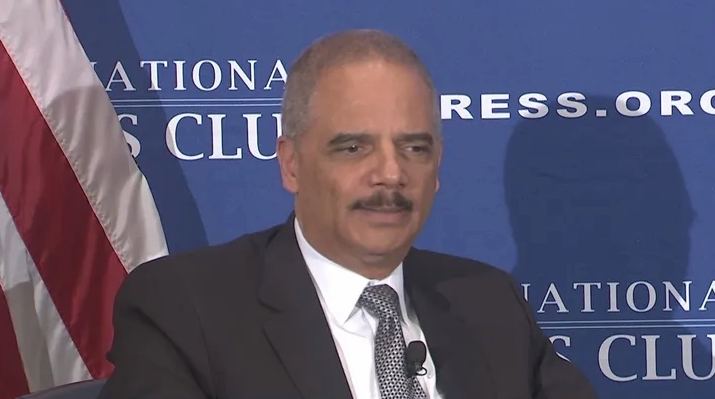Wake County’s transit agencies have released their plan for a $115 million bus rapid transit (BRT) plan:
New buses and shelters, more park-and-ride lots and new bus transfer stations in North Hills and East Raleigh are among the projects that Wake County’s transit agencies want to tackle in the coming year.
GoRaleigh, GoTriangle and GoCary propose to spend $114.2 million to improve bus service in the fiscal year that begins July 1. They’re asking for the public’s feedback on their ideas at goforwardnc.org/wake/get-involved/ by Feb. 29.
More than half of that money, about $67 million, would go toward design, land and vehicle acquisition and construction of Raleigh’s first bus rapid transit, or BRT, line along New Bern Avenue. BRT allows buses to move in their own reserved lanes, stopping at stations with covered, elevated platforms where passengers buy their tickets before boarding.
Now while BRT is preferred over more costly light rail lines by many transit realists, it too has its issues. Antiplanner is a student of BRT, and –far as I can tell—results are a mixed bag at best. Exhibits 1 & 2: Grand Rapids and Cleveland, which spent millions on BRT in hopes —you guessed it—that it would generate economic development.
Five years after spending $35 million on a bus-rapid transit line that opened in 2014, Grand Rapids is upset that the line hasn’t generated the economic development that was promised. In a classic case of throwing good money after bad, it is now spending nearly $1 million to prepare a plan that it hopes will remedy this failure.
…The reality is that Cleveland’s HealthLine is a failure and getting worse every year. It was projected to carry 39,000 weekday riders by 2025, only 6,200 of whom were expected to be “new” riders (meaning the others would have ridden buses even without the $35 million in improvements). In fact, in 2015, its first full year of operation, it carried fewer than 12,500 weekday riders. Total ridership failed to grow after that and by 2018 it had fallen by 22 percent. This makes it very unlikely that the 2025 projections will be met.
The HealthLine is considered one of the best bus-rapid transit projects in the country, not because people are riding it but because the transit agency is spending so much money on it: Cleveland runs 100-passenger buses 112 times per weekday in each direction.
So the bad news is Wake County wants BRT. The good news is it’s only BRT. Except that’s not the good news. GoTriangle apparently is doubling down on a $1.4 billion commuter rail line between Garner and Durham–even after the disaster that was the Durham-Orange light rail line.


